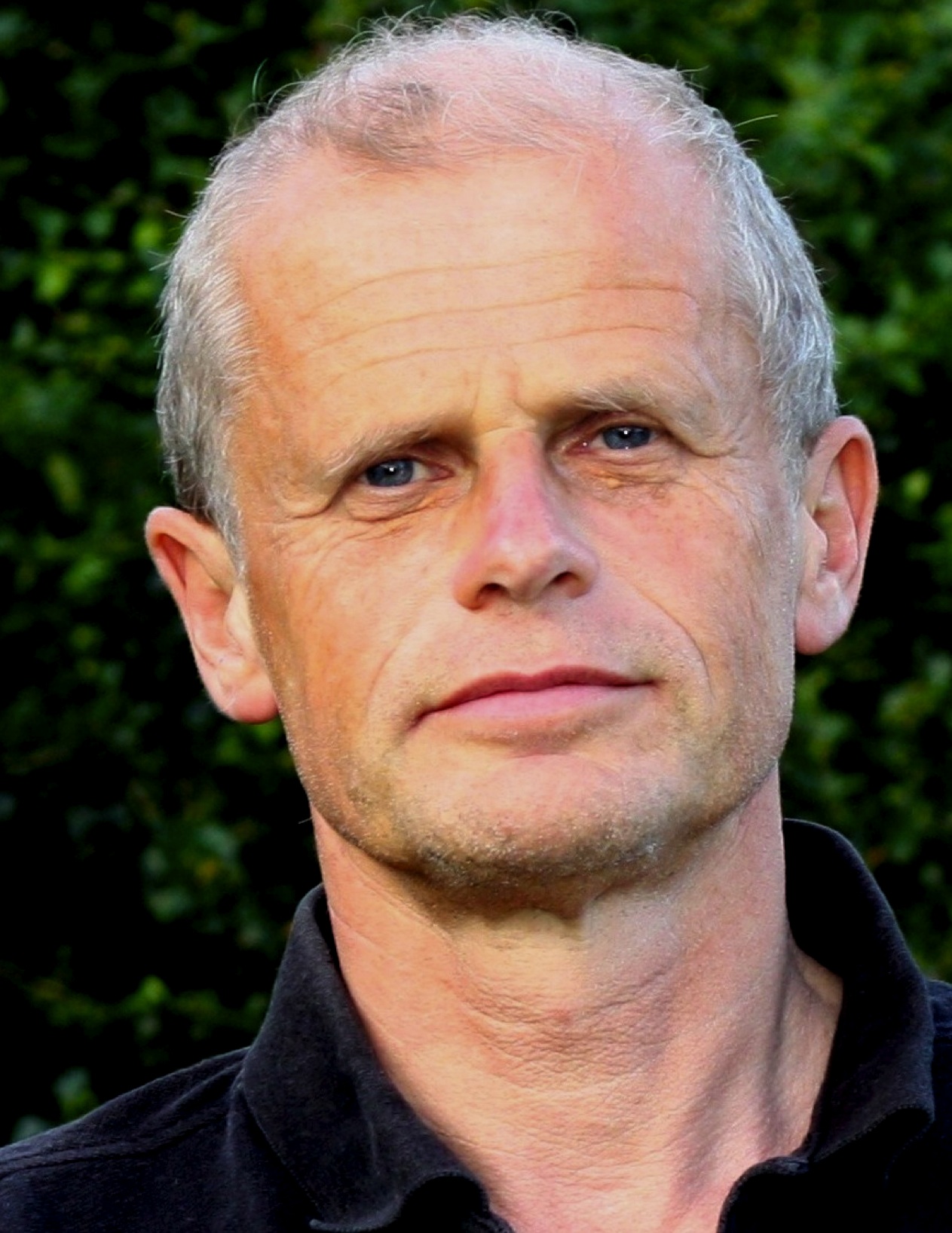Rhythm generation, plasticity and regeneration in spinal cord networks in vitro.
Research group leader

- Name / Titel
- Prof. Dr. med. Jürg Streit
- streit@pyl.unibe.ch
- Phone
- +41 31 631 87 38
Staff
- Cornelia Bichsel, Laborantin
- Samuel Buntschu, PhD Student
Research focuses
- Rhythmogenesis
- Regeneration
- Neural progenitor cells
Methods
- Electrophysiology
- Cell culture
- Multi-electrode arrays
- Patch-clamp
- Immunohistochemistry
Short description
Rhythmogenesis
Neurons in the spinal cord form neuronal networks that generate rhythmic electrical activity patterns, which are then distributed via moto-neurons to the skeletal muscles. Such networks are involved in the development of rhythmic movement patterns such as locomotion. In recent years, the research group has studied the development of this rhythmic electrical activity in spinal-cord networks in cell cultures. We have developed a method to cultivate spinal-cord sections of embryonic rats for several weeks on multi-electrode arrays (MEAs). This allows us to measure and analyze the electrical activity of 64 different points of the network, together with the activity of individual nerve cells. We have learned that rhythmic activity patterns arise spontaneously in these cultures. For their formation, the interaction of neurons in the network via synapses and the spontaneous activity in single neurons based on the interaction of various ion channels are essential.
Regeneration and plasticity of spinal cord networks
We are interested in the functional capacity for regeneration of neuronal networks. In this context, we have examined how far two separated spinal-cord cross sections in culture can grow together and synchronize their activities. We found that the regenerative capacity disappears in culture over time. Hence, we have a model to experimentally investigate the loss of capacity for functional regeneration. Our findings suggest that the loss of ability to functionally regenerate in culture is not primarily due to the lack of axonal growth but rather involves plastic changes in the spinal cord networks .
Transplantation of neuronal progenitor cells
In a further project, we investigate whether neuronal progenitor cells may compensate for the loss of capacity for functional regeneration of spinal-cord networks. In initial experiments, we found that the transplantation of fetal cells from the spinal cord or forebrain can restore regenerative capacity to a large extent. This effect seems to occur due to the connecting function of neuronal cells originating from the transplanted tissue. The investigation of this hypothesis using optogenetic methods is another focus of our research.
